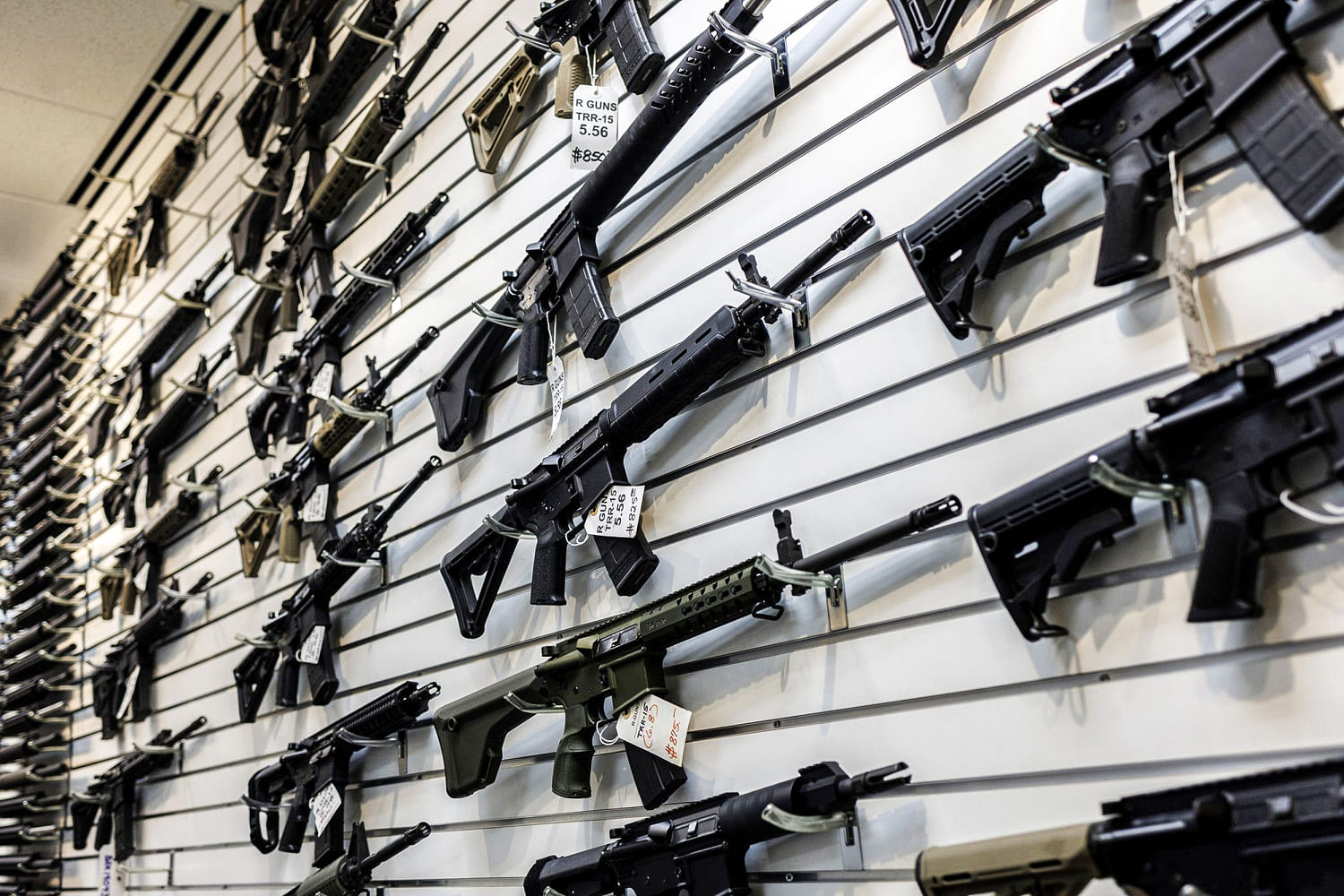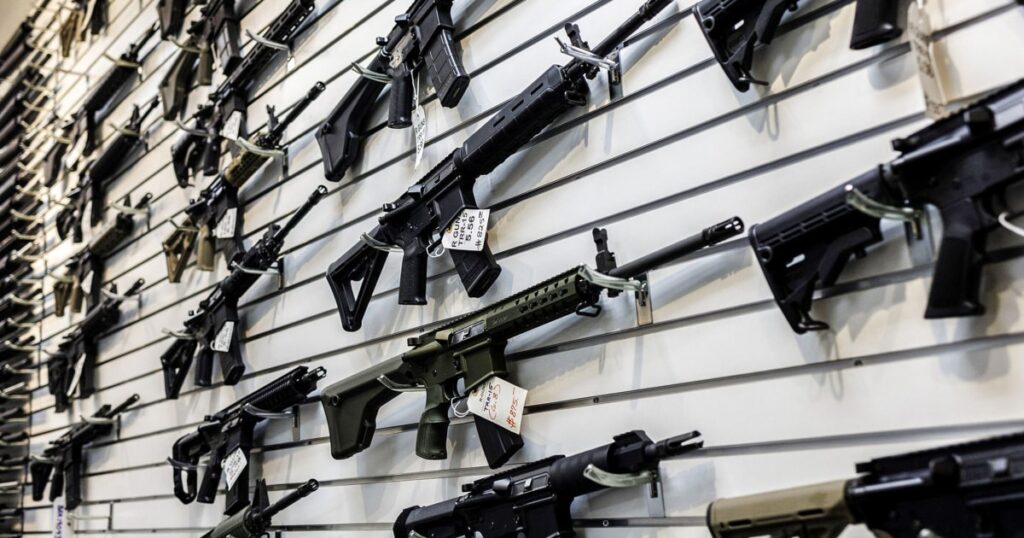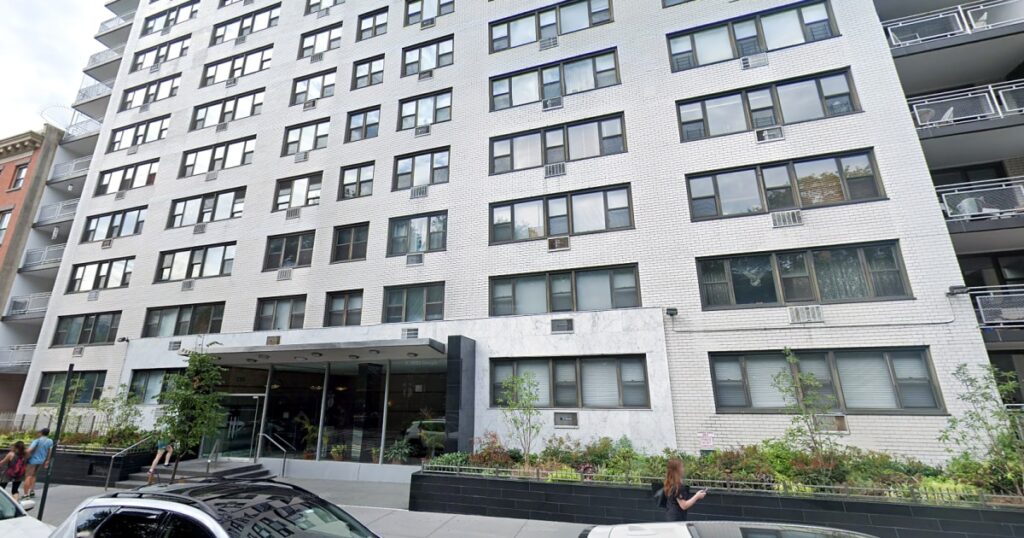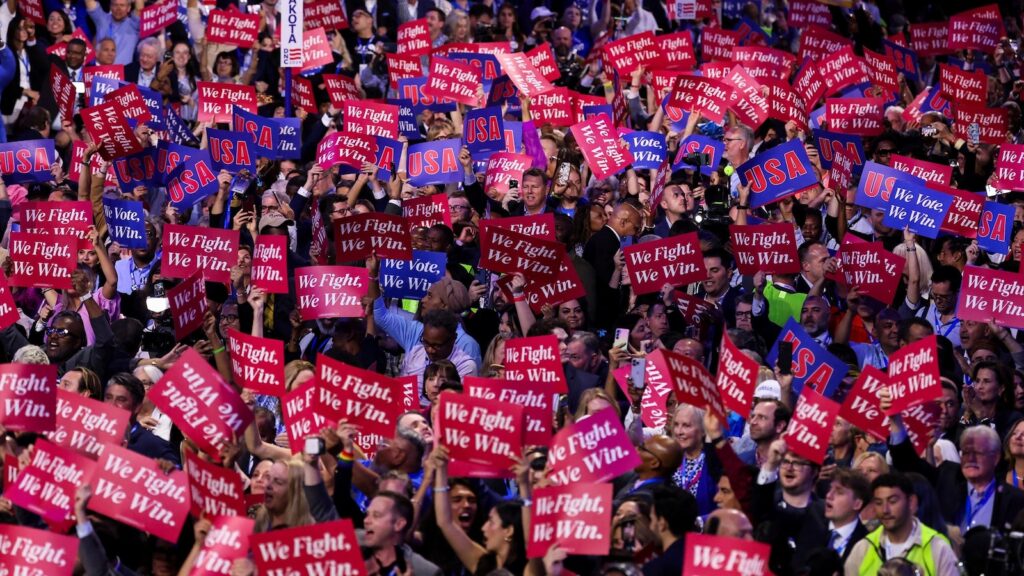
Semiautomatic weapons are already powerful, and they’ve already been used in a great many mass shootings in the United States. But devices known as “forced reset triggers” can turn these same firearms into even more deadly tools: In fact, as The New York Times noted, Biden administration officials concluded that a shooter using such devices could fire literally hundreds of rounds in a minute with an extended squeeze.
It was against this backdrop that the Trump administration made a dramatic decision late last week. NBC News reported:
The Trump administration has decided to permit the sale of devices that enable standard firearms to fire like machine guns, a move that one person familiar with the matter said was ‘by far the most dangerous thing this administration has done’ on gun policy. The Justice Department on Friday announced a settlement in a lawsuit brought by the National Association for Gun Rights. The lawsuit challenged an ATF rule banning ‘forced reset triggers’ — devices that allow semiautomatic weapons to fire rapid bursts of bullets.
Attorney General Pamela Bondi said in a statement that the move “will enhance public safety.”
That’s very difficult to believe. Fully automatic machine guns have been largely banned for U.S. consumers for generations, but forced reset triggers allow semiautomatic guns to fire at machine gun–like speeds.
It’s why a spokesperson for Giffords, the national gun violence prevention group led by former Democratic Rep. Gabrielle Giffords, told NBC News, “The Trump administration has just effectively legalized machine guns. Lives will be lost because of his actions. This is an incredibly dangerous move that will enable shooters to inflict horrific damage.”
Making matters worse is the degree to which these developments are part of a larger pattern.
After the massacre at an elementary school in Uvalde, Texas — three years ago this week — there was bipartisan support for significant new investments in improving mental health support for students as part of an effort to make future mass shootings less likely.
The Trump administration, however, has decided to block $1 billion in grants for student mental health programs, concluding that the programs to reduce gun violence in schools were no longer in “the best interest of the federal government.”
A week before these revelations came to light, The Washington Post reported that Trump’s Justice Department had also canceled hundreds of grants to community organizations and local governments, “including funding for gun-violence prevention programs.”
This dovetailed with a New York Times report on the Republican administration moving forward with plans to “roll back an array of gun control measures,” while creating “a path for people with criminal convictions to own guns again.”
When thinking about the differences between the president’s first term and his second, this issue is high on the list. As I noted in my first book (see chapter 8), it was in the wake of a mass school shooting in February 2018 when Trump held a televised, hourlong discussion with a group of lawmakers from both parties about gun violence. As part of the conversation, then-Vice President Mike Pence raised the prospect of empowering law enforcement to take weapons away from those who’ve been reported to be potentially dangerous, though he added that he expected to see “due process so no one’s rights are trampled.”
“Take the firearms first and then go to court,” Trump interjected. At the same event, the then-president endorsed a law enforcement model in which police officers confiscated some Americans’ guns “whether they had the right or not.”
When Republicans derailed those negotiations and nothing passed, there was another mass shooting a year later, at which point Trump again wanted a gun bill, including restrictions on assault rifles — which, according to multiple accounts, was one of his long-sought goals.
In other words, as recently as his first term, the president at least briefly sought ambitious gun reforms, up to and including extrajudicial gun confiscations.
Last month, after a deadly on-campus shooting at Florida State University, the president said, “I have an obligation to protect the Second Amendment.” But in the recent past, Trump had those same responsibilities, and it didn’t stop him from endorsing measures that might’ve saved lives.
Now, he and his administration not only don’t want to bother, they’re also moving aggressively in the opposite direction.
This post updates our related earlier coverage.



